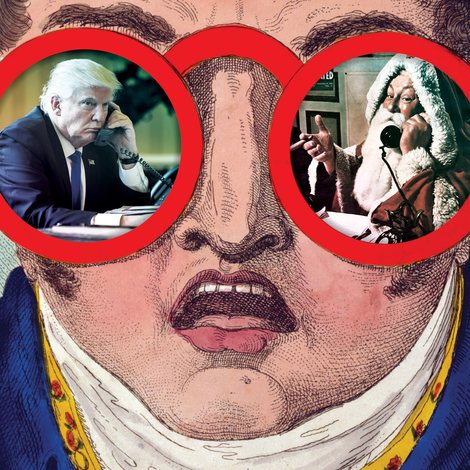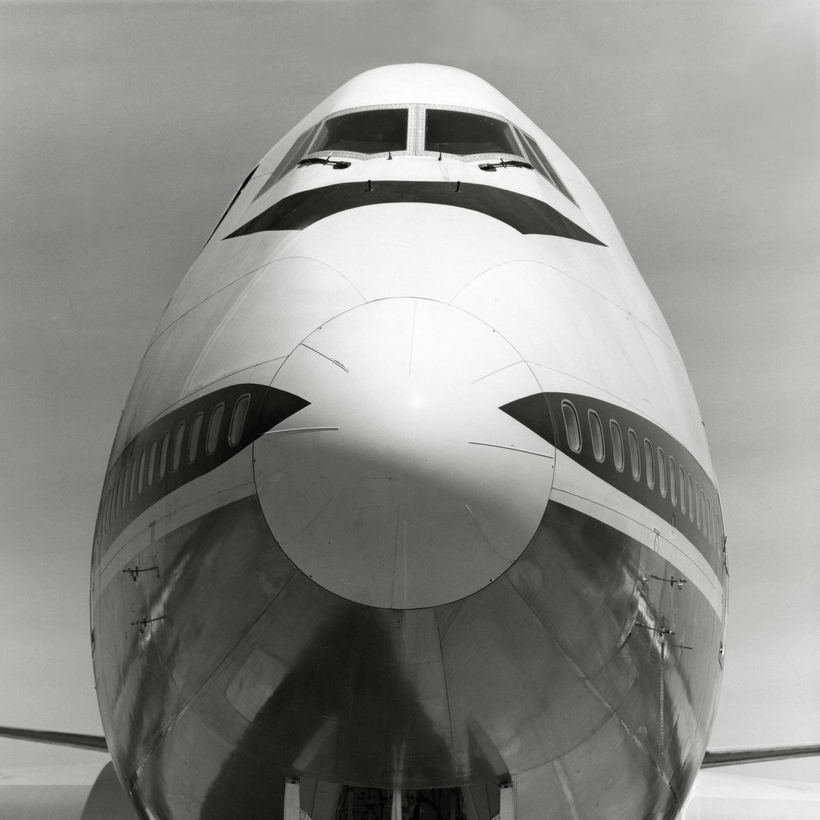It was easy to spot the aviation geeks walking past gate B32 at Frankfurt Airport.
Each slowed from their purposeful stride, or stopped entirely, transfixed. For parked on the apron in the near darkness, with twinkling navigation lights suggesting imminent distant adventures, was a Boeing 747-8. Huge, majestic—and very rare.
There are 25,000 blue whales, an animal to which the jumbo jet is frequently compared, navigating the planet, but now only around 50 747s in active passenger service, the vast majority of top-tier carriers having retired them in favor of newer models.

Their decline has been long and drawn out, but was hastened by the Covid pandemic, which saw hundreds sold to cargo airlines or simply scrapped. It seems this four-engine behemoth, first flown commercially in 1970, is no longer financially viable in an era of increasingly-efficient twin-engined jets. The final passenger-configured jumbo was delivered eight years ago, and Boeing has no plans to restart the production line.
But one European airline hasn’t turned its back on the 747 just yet. Germany’s Lufthansa, perceived by many to be aviation’s kings of efficiency, still operates 27 jumbo jets—19 of the newer 747-8s, and eight older, slightly smaller 747-400s—and is even upgrading some jumbo jet interiors with swanky new Allegris seats as part of a $2.6 billion Lufthansa fleet-wide refit.
Why the lingering attachment? Part of the reason is simple and unromantic economics. According to aviation analysts, operations out of its Frankfurt and Munich hubs are each at take-off slot capacity.
So, with flight numbers capped, Lufthansa really needs its biggest aircraft, and the 364-seat 747s-8s drop neatly between the Airbus A350 (293 seats) and A380 (455 seats).
Furthermore, jumbos, despite their age, have a cracking range of up to 8,000 miles and remain among the fastest passenger jets in the sky (reaching speeds of up to 706mph).

“It’s a very good aircraft for very long range, and with a load of 35 tonnes of cargo it makes the 747-8 very economic for us, especially for long-range flights to cities like Buenos Aires and Tokyo, and ‘hot and high’ airports like Mexico City and Johannesburg [heat adversely affects take-off and landing performance],” said Captain Sebastian Stockhoff, a chief pilot who flies 747s and 787s for Lufthansa.
“That’s especially so because [the 747] has eight first-class seats, 80 business-class seats and 32 premium economy [plus 244 economy]. So on routes like New York JFK, Los Angeles, San Francisco and Tokyo, the aircraft is not just very reliable, it’s for us very economical because of the higher-class products we have in big volume. For flights of around 13 or 14 hours… especially now with the political issues, where you cannot fly across Russia and with rerouting around some Middle Eastern areas, [the 747 means] you can still fly non-stop with some cargo loads […] it’s the perfect aircraft.”
But there’s another, less tangible factor. Lufthansa recognizes that the public, from aviation geeks to ordinary travelers, have plenty of love for the ‘Queen of the Skies’.
Indeed, affection for the 747 is clearly evident amongst passengers, according to Stockhoff. At Newark Airport, he said, the Lufthansa 747 parks with its nose close to the window, right beside the boarding gate. “It’s quite funny; it takes a while until the passengers are on board the aircraft because they all want to take a photo of the 747,” he explained.

Pilots also love the jumbo jet, said Stockhoff, whose first 747 flight was into Orlando in 2015. “It’s very logical [to operate]. There are not so many computers, so you feel more connected to the aircraft.” Cabin crew, he added, love its huge galleys.
Bruce Dickinson, lead singer with rock band Iron Maiden, is a former airline pilot, and flew the band’s 747-400 tour plane ‘Ed Force One’, named after the band’s mascot, ‘Ed’, back in 2013-2014. In 2023, he told Flight Global: “On the ground it’s quite stately. In the air it’s surprisingly agile, and very fast.”

Plane-spotting king Jerry Dyer of Big Jet TV is equally admiring: “Her design and profile mean she’s more majestic in flight than any other aircraft, particularly during a bank. Plus, she has history.”
My first 747 flight, in the early 1980s, was on a Lufthansa jet. The plane hadn’t been visible from the boarding gate, so entering the cabin was a bit of a Tardis moment. When you’re used to narrow-bodied planes, it is surreal stepping inside.
My last was on a Virgin Atlantic flight to Mexico. Nine hours in, the 747 ticked up to 41,500 feet—it felt like an effortless demonstration that she still had it.
That the landing was, as fans say, a real “greaser”, followed by a cruise-liner-like docking at the terminal, confirmed its majesty.
Nobody rushed from their seats in the engines-off hush. I’d like to think we were all savoring a few moments with an old friend.
Iain Macauley is a U.K.-based part-time journalist

